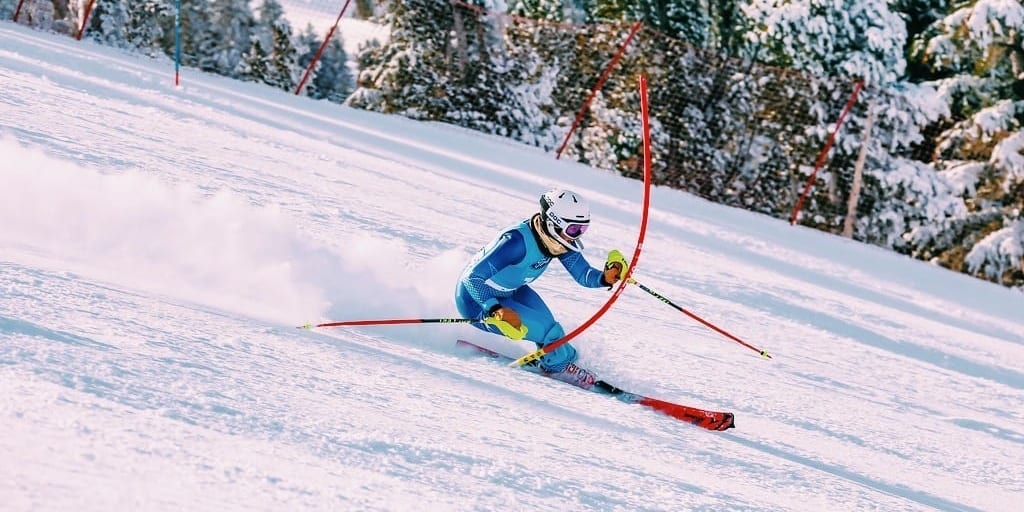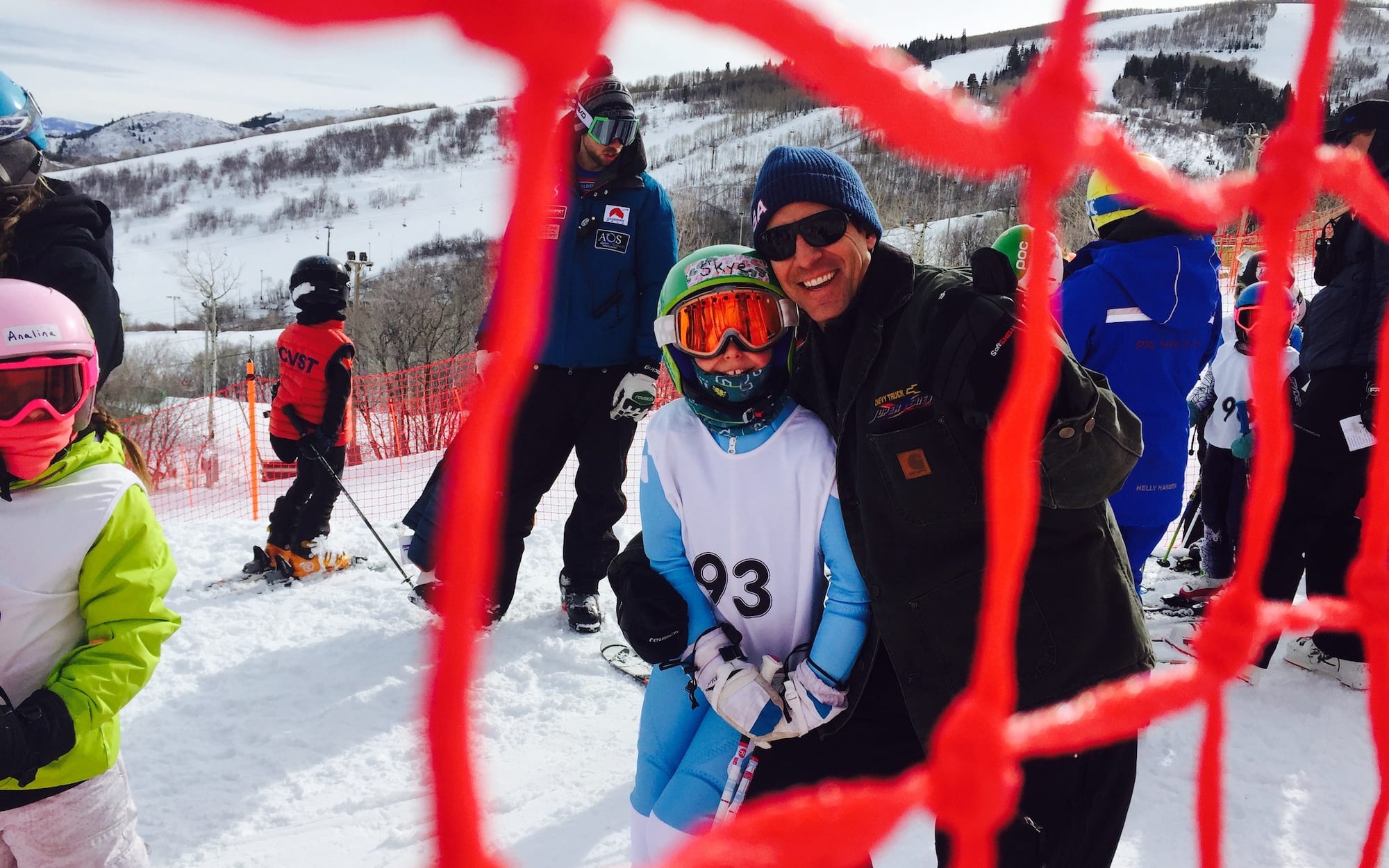It’s Time To Work On Those ABCs
Running a ski club is no easy task. Between the board of directors, upper management, numerous coaches, and various office workers – not to mention dozens of athletes and their parents – it’s easy to feel overwhelmed when it comes to the big picture of keeping your operation up and running for years on end. Luckily, USSA Director of Sports Education Jon Casson and his staff have a few suggestions for clubs across the country that find themselves struggling with this very problem year after year.
Don’t forget your ABCs.
No, he’s not asking you to think back to your preschool days, but rather to be conscious of how the athletics and business sides of your club as well as the community that your club is a part of are all so irrefutably intertwined that it is essential that all elements work together in order for each to succeed.
“The vision of USSA is to be the best in the world, and I think some of our clubs see themselves and ask how can they fit into that,” Casson says. “My message is that we’re trying to create the best in the world youth sports organization and part of that, of course, is winning medals at the Olympics. But also, part of it is giving kids a great, positive experience in the sport that they have chosen. If we can do that, it’s going to raise the chances and our ceiling and capacity to put kinds on to the national and Olympic teams and we’re also doing the right thing by the kids too. Those things aren’t mutually exclusive.”

Do what you can to see that your coaches are focusing more on this than budget meetings and fundraisers. Image Credit: Susan Theis
In fact, the ABC concepts are the underpinnings of USSA’s entire Podium Club Certification program and requirements. Let’s take a closer look at those ABCs to see how you can apply them to make your club the best it can be.
Athletics
This one’s pretty obvious. ‘Athletics’ encompasses anything and everything that has to do with the athletes themselves. Anyone in the ski racing world knows the importance of day-to-day athletic programming and how it is structured and planned out for each athlete while also taking into account how that fits into the overall program philosophy. Additionally, the process of how each individual coach is assigned to an age group, including any supplementary training like mental skills, physical fitness, etc., should all be taken into account when evaluating a club’s athletic programs. Looking for some additional pointers? Be sure to check out USSA’s training systems matrices for guidance.
Business
Here’s where things get a little more complicated. As we all know, the financial requirements of ski racing are significant and the resources required to support a club’s athletics are many. For many clubs, there is a team of people who work behind the scenes to ensure that these concerns are taken care of throughout the season. Of course, every club is a little different, but most clubs have some sort of board of directors to oversee club governance, finances, and a management team of executive, athletic, and program directors.
If done correctly, the business side of a club takes care of things like fee structuring, fundraising, marketing, PR, and various other things common in running a business.
“Our top clubs do that very well,” explains Casson. “They are engaged with their communities and fundraise, they are engaged with their skiers and the ski areas that support their business model, they have a diverse board of directors from various aspects of the community and industry all working together towards creating a good business model that’s sustainable for the long term. I think that is one of the other hallmarks of our top clubs is that it’s a sustainable business model.”
It’s one thing to build a successful program; it’s another to build one that is successful and sustainable in the long term. Here’s where that third letter of the ABCs comes in.
Community
The final, and arguably the most important, part of the ski club ABCs is community. After all, ski clubs wouldn’t exist of nobody was around to join them. A successful and sustainable ski club is one that has a strong athletic philosophy, a smart and clearly defined business model, and is one that can effectively engage the community around them to buy into the mission and support their efforts of snowsports education.
Casson points to Steamboat Springs, Colorado, as a prime example of a community that is fully committed to the local ski club’s mission. The support that the community shows is evident in how the town honors its Olympians – of all stripes – at Olympian Hall at Howelsen Hill.
“There’s a cashier at City Market in Steamboat who is developmentally disabled and just recently went to the Special Olympics, and she won a gold medal,” he explains. “This is a woman who had never left the country, much less competed in an international skiing event, and Steamboat hosted a huge celebration for her and they gave her a flag in Olympian Hall where four hundred people from the community showed up to cheer her on as one of Steamboat’s Olympians. That kind of community that supports all of their athletes regardless of their discipline, status, or level of their pursuit and a club that engages that community are really important.”
It is USSA’s goal to create a national community of winter sports, but Casson stresses that clubs must find their own best way to engage their respective communities in order to support their athletics and businesses. Whether it be through encouraging the families of their athletes to volunteer, engaging local ski areas and businesses, or contacting local media, how a club in New England chooses to engage the community might be totally different from how a club in Colorado or California might choose to.
Ultimately, if clubs are effective at balancing their ABCs, the future looks bright for winter sports programs across the country.
“We felt that those are the three legs of the stool that support great club programs in the U.S.,” Casson says. “In the end, it’s about supporting kids and their efforts to reach their goals.”
SkiRacing.com is a media partner with USSA





















